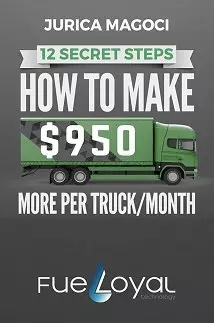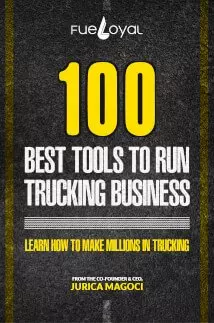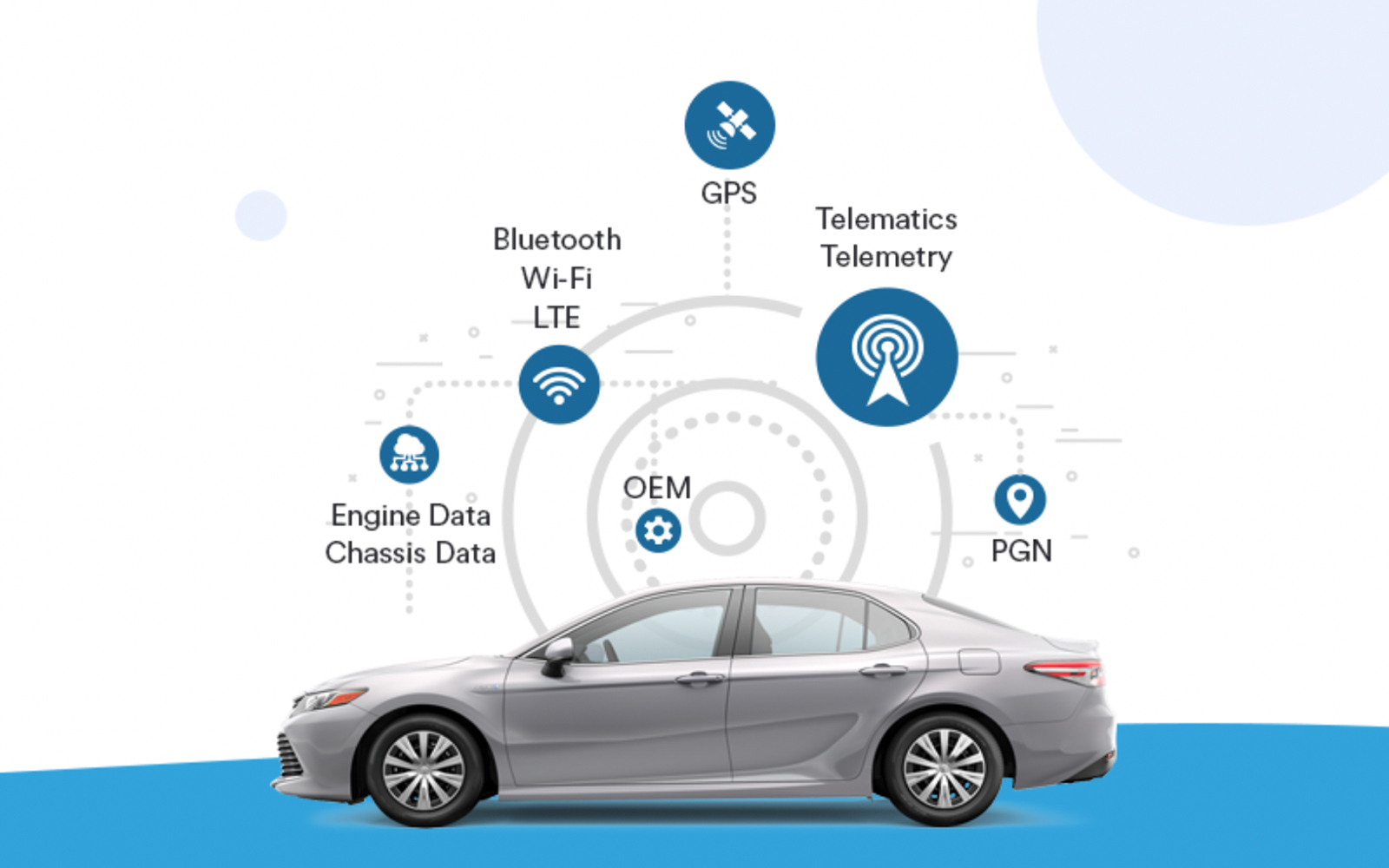Unexpected costs are happening in trucking business mainly because of the improper maintenance.
As a good fleet manager or truck-owner operator you want to minimize your costs, and lowering these costs means avoiding any type of cash out situations.
To reduce such risks, you have to take actions proactively. By performing quality and scheduled preventive maintenance – PM, you will do just that
It’s simply nature of the business that requires keeping maintenance schedules up. Carrying loads, stop and go driving, getting stuck into traffic jam, is all affecting truck utility, one way or another.
OK, so you want to do this right and on time. In this article I am going to highlight some crucial moments of this constant process, and emphasize the importance of preventive maintenance.
Making a Maintenance Calendar
Mechanical failures are often cause of truck accidents, and they come from maintenance deficiencies. Most common are:
- oil-contaminated or out of adjustment brakes
- under inflated tires
- improperly installed hub assemblies
- irregularly maintained steering components etc.
Federal Motor Carrier Safety Administration – FMCSA part 396 set standard for truck maintenance. It requires at least one Periodic Maintenance Inspection – PMI in period of 12 months.






